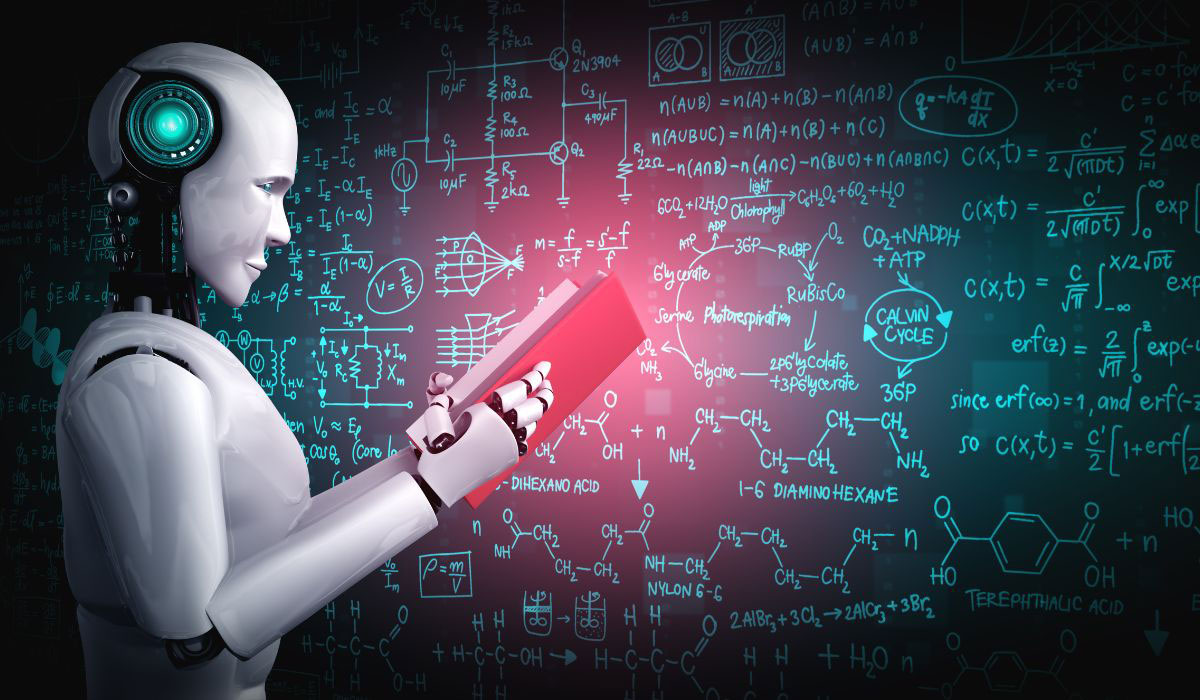
Theprome
Add a review FollowOverview
-
Founded Date October 22, 1933
-
Sectors Doctors
-
Posted Jobs 0
-
Viewed 47
Company Description
Need a Research Hypothesis?

Crafting an unique and appealing research hypothesis is an essential ability for any researcher. It can likewise be time consuming: New PhD prospects might spend the very first year of their program trying to decide exactly what to check out in their experiments. What if synthetic intelligence could help?
(1).pngL.jpg)
MIT scientists have created a method to autonomously create and assess appealing research study hypotheses across fields, through human-AI cooperation. In a new paper, they describe how they used this framework to produce evidence-driven hypotheses that line up with unmet research requires in the field of biologically inspired products.
Published Wednesday in Advanced Materials, the research study was co-authored by Alireza Ghafarollahi, a postdoc in the Laboratory for Atomistic and Molecular Mechanics (LAMM), and Markus Buehler, the Jerry McAfee Professor in Engineering in MIT’s departments of Civil and Environmental Engineering and of Mechanical Engineering and director of LAMM.
%20Is%20Used%20In%20Biometrics.jpg)
The structure, which the researchers call SciAgents, consists of numerous AI agents, each with particular capabilities and access to information, that take advantage of “chart reasoning” techniques, where AI designs utilize an understanding chart that organizes and defines relationships in between varied scientific ideas. The simulates the method biological systems organize themselves as groups of primary foundation. Buehler keeps in mind that this “divide and conquer” concept is a popular paradigm in biology at numerous levels, from products to swarms of pests to civilizations – all examples where the overall intelligence is much greater than the sum of people’ abilities.
“By utilizing several AI agents, we’re attempting to replicate the process by which neighborhoods of researchers make discoveries,” says Buehler. “At MIT, we do that by having a bunch of individuals with different backgrounds collaborating and bumping into each other at coffeehouse or in MIT’s Infinite Corridor. But that’s very coincidental and slow. Our mission is to simulate the process of discovery by checking out whether AI systems can be imaginative and make discoveries.”

Automating excellent ideas
As recent advancements have shown, big language models (LLMs) have revealed a remarkable capability to address concerns, sum up information, and perform simple tasks. But they are quite limited when it pertains to creating originalities from scratch. The MIT scientists wished to design a system that enabled AI designs to carry out a more advanced, multistep process that exceeds remembering info learned during training, to extrapolate and create new understanding.
The foundation of their technique is an ontological knowledge chart, which organizes and makes connections in between varied clinical principles. To make the charts, the scientists feed a set of clinical documents into a generative AI model. In previous work, Buehler utilized a field of mathematics referred to as classification theory to help the AI design establish abstractions of scientific principles as charts, rooted in defining relationships between components, in such a way that could be evaluated by other designs through a procedure called chart reasoning. This focuses AI designs on establishing a more principled method to understand concepts; it likewise allows them to generalize better across domains.
“This is actually important for us to develop science-focused AI designs, as scientific theories are typically rooted in generalizable concepts instead of simply understanding recall,” Buehler states. “By focusing AI designs on ‘thinking’ in such a manner, we can leapfrog beyond traditional techniques and check out more innovative uses of AI.”
For the most recent paper, the scientists used about 1,000 clinical research studies on biological products, but Buehler says the understanding charts could be produced utilizing much more or less research papers from any field.
With the graph developed, the researchers established an AI system for scientific discovery, with multiple designs specialized to play particular functions in the system. Most of the components were built off of OpenAI’s ChatGPT-4 series models and utilized a method understood as in-context learning, in which prompts offer contextual info about the design’s role in the system while allowing it to find out from information supplied.

The individual representatives in the framework communicate with each other to jointly fix a complex problem that none would have the ability to do alone. The first task they are given is to create the research hypothesis. The LLM interactions begin after a subgraph has actually been specified from the knowledge chart, which can take place arbitrarily or by manually getting in a pair of keywords talked about in the papers.

In the framework, a language model the researchers called the “Ontologist” is entrusted with defining scientific terms in the papers and examining the connections in between them, fleshing out the understanding graph. A design named “Scientist 1” then crafts a research proposition based upon factors like its capability to discover unexpected properties and novelty. The proposition includes a discussion of potential findings, the impact of the research, and a guess at the hidden systems of action. A “Scientist 2” model broadens on the concept, recommending specific speculative and simulation methods and making other enhancements. Finally, a “Critic” design highlights its strengths and weaknesses and recommends further enhancements.
“It’s about constructing a team of specialists that are not all believing the same way,” Buehler states. “They need to believe differently and have various capabilities. The Critic agent is deliberately set to review the others, so you do not have everyone concurring and saying it’s an excellent idea. You have an agent stating, ‘There’s a weak point here, can you describe it much better?’ That makes the output much various from single designs.”
Other representatives in the system are able to search existing literature, which supplies the system with a method to not only evaluate expediency however also create and examine the novelty of each concept.
Making the system stronger
To validate their method, Buehler and Ghafarollahi constructed an understanding chart based upon the words “silk” and “energy extensive.” Using the structure, the “Scientist 1” model proposed incorporating silk with dandelion-based pigments to develop biomaterials with enhanced optical and mechanical properties. The design anticipated the product would be considerably more powerful than traditional silk materials and require less energy to procedure.

Scientist 2 then made recommendations, such as utilizing specific molecular vibrant simulation tools to check out how the proposed products would communicate, adding that an excellent application for the product would be a bioinspired adhesive. The Critic model then highlighted several strengths of the proposed product and locations for enhancement, such as its scalability, long-term stability, and the environmental impacts of solvent usage. To resolve those issues, the Critic suggested conducting pilot studies for process validation and performing strenuous analyses of product durability.
The researchers also conducted other explores randomly chosen keywords, which produced various initial hypotheses about more effective biomimetic microfluidic chips, improving the mechanical residential or commercial properties of collagen-based scaffolds, and the interaction in between graphene and amyloid fibrils to create bioelectronic gadgets.
“The system had the ability to create these new, extensive concepts based on the path from the knowledge graph,” Ghafarollahi states. “In regards to novelty and applicability, the products appeared robust and novel. In future work, we’re going to generate thousands, or tens of thousands, of new research concepts, and after that we can classify them, try to comprehend much better how these products are generated and how they might be enhanced even more.”
Going forward, the researchers wish to incorporate brand-new tools for recovering information and running simulations into their structures. They can also easily switch out the structure models in their frameworks for advanced designs, enabling the system to adjust with the most recent developments in AI.
“Because of the way these agents communicate, an improvement in one design, even if it’s minor, has a huge effect on the total habits and output of the system,” Buehler states.
Since releasing a preprint with open-source information of their method, the scientists have actually been gotten in touch with by numerous individuals thinking about utilizing the structures in varied scientific fields and even locations like finance and cybersecurity.
“There’s a great deal of stuff you can do without having to go to the lab,” Buehler states. “You wish to essentially go to the lab at the very end of the procedure. The laboratory is expensive and takes a long period of time, so you desire a system that can drill really deep into the very best concepts, formulating the very best hypotheses and precisely predicting emergent behaviors.
